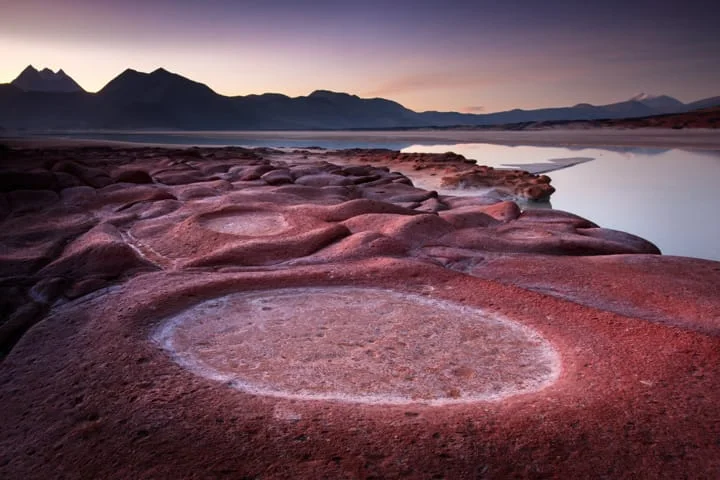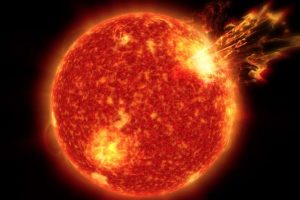There are natural catastrophes which are remembered for hundreds of years and impact several generations. One such remarkable event is the earthquake triggered by a gigantic tsunami that hit northern Chile 3,800 years ago that devastated the population on the coasts. So deep was its effect, says an article in sciencealert.com that following the quake, people returned to the shore only after 1,000 years!
This mega quake would have a magnitude of 9.5 and so potent it was that boulders were hurled in New Zealand’s inland even though it was thousands of miles away.
The occurrence of this event is proved by the uplifted land structures or what is called littoral deposits and discovery of marine rocks, shells and sea life in Chile’s higher regions of Atacama Desert.
Sharing details on this, James Goff who is a geologist and tsunami expert from Australia’s University of New South Wales said: "We found evidence of marine sediments and a lot of beasties that would have been living quietly in the sea before being thrown inland. And we found all these very high up and a long way inland so it could not have been a storm that put them there."
The group of researchers who found this were led Diego Salazar, an anthropologist from University of Chile and this team worked for years in the Atacama Desert – a region which has been prone to megathrust earthquakes due to the conjunction of Nazca and South American tectonic plates in which the former is subducting under the latter.
Evidence of this phenomenon is the Valdivia earthquake of 1960 and this is what caused the quake thousands of years earlier too.
Talking about this, Goff observed: "It had been thought that there could not be an event of that size in the north of the country simply because you could not get a long enough rupture. But we have now found evidence of a rupture that's about one thousand kilometres long just off the Atacama Desert coast, and that is massive."
To confirm their theory, the researchers used radiocarbon dating to date the age of the littoral deposits which extend for more than 600 kilometres of Chile’s coastline.
Also read: 7000 years ago, humans first domesticated geese and not chicken – new study
In their paper, the researchers writing about the readings from multiple deposit sites said that it suggested the existence of a "tectonic event that would have uplifted littoral deposits all along the study region, generated a paleotsunami, and triggered social disruption at a regional scale.”
The people occupying the shore areas at that point of time were hunter-gatherers. Archaeological evidence found points at the tsunami wave which occurred due to the quake having brought down the stone structures created by these people. Interestingly this happened not once but twice as the tsunami's strong current backwash wreaked havoc while receding to the sea.
So impactful was the event that the few lucky survivors moved out of the area and it remained uninhabited for 1,000 years. This was despite the fact that people had been living here for 10 millennia before this catastrophic event occurred. "The local population there were left with nothing. Our archaeological work found that a huge social upheaval followed as communities moved inland beyond the reach of tsunamis,” remarked Goff.
With passage of time and generations, people became courageous to return to this area after 1,000 years.
Besides providing humankind information about this ancient event, this research is significant as it warns us about how dangerous and destructive a similar megaquake can be in future.
Shedding light on this, Goff said: "While this had a major impact on people in Chile, the South Pacific islands were uninhabited when they took a pummelling from the tsunami 3,800 years ago. But they are all well-populated now, and many are popular tourist destinations, so when such an event occurs next time, the consequences could be catastrophic unless we learn from these findings."
Details of this research were published in Science Advances.




















